#Phoenician
Text

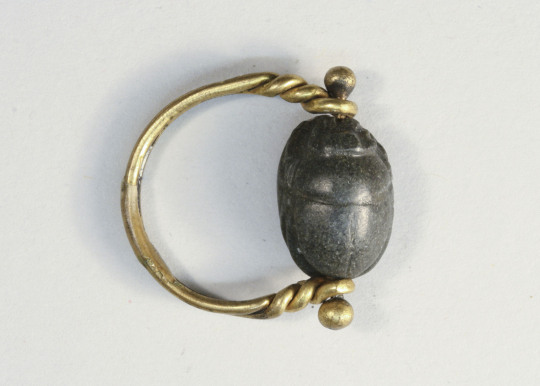
Gold ring with basalt rotating scarab, Phoenician (Sardinia), 800-600 BC
from The Penn Museum
209 notes
·
View notes
Text

The sister cities of Tyre and Sidon, Phoenicia by Sasha Beliaev
#tyre#sidon#phoenicia#maritime#port#harbour#art#sasha beliaev#ports#harbours#phoenician#phoenicians#mediterranean#eastern mediterranean#levant#ships#ship#biblical#bible#history#antiquity#architecture#boat#boats#sailing#sea#seaport
169 notes
·
View notes
Text

Things spotted on the walk to work that are also things a late Bronze Age/Early Iron Age Mediterranean marketgoer might see.
#dye#phoenician#bronze age#iron age#im bad at tagging this is all you get#ancient history#found one more#think im out now tho
167 notes
·
View notes
Photo

Egyptian sphinx in ivory imported from the Phoenicians. Artifact from Nimrud, Iraq. Assyrian civilization, 8th Century BC. Bagdad, National Iraq Museum
1K notes
·
View notes
Text

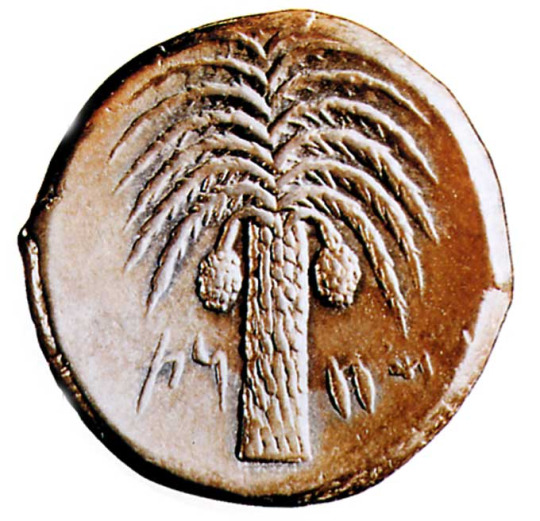
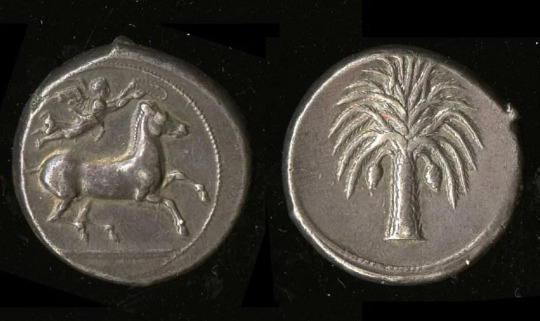
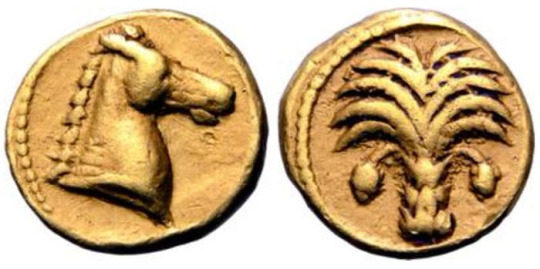
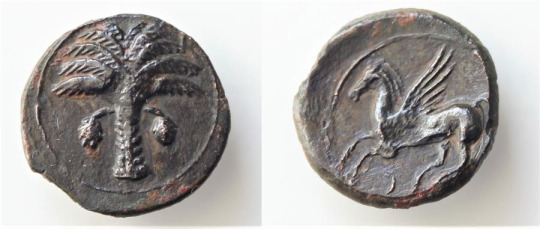

Various Carthagian/Punic Coins (5th-3rd c. BCE)
#carthage#carthagian#punic#phoenician#phoenicia#coin#coins#horse#angel#tree#tree of life#pegasus#nike#genius
80 notes
·
View notes
Text
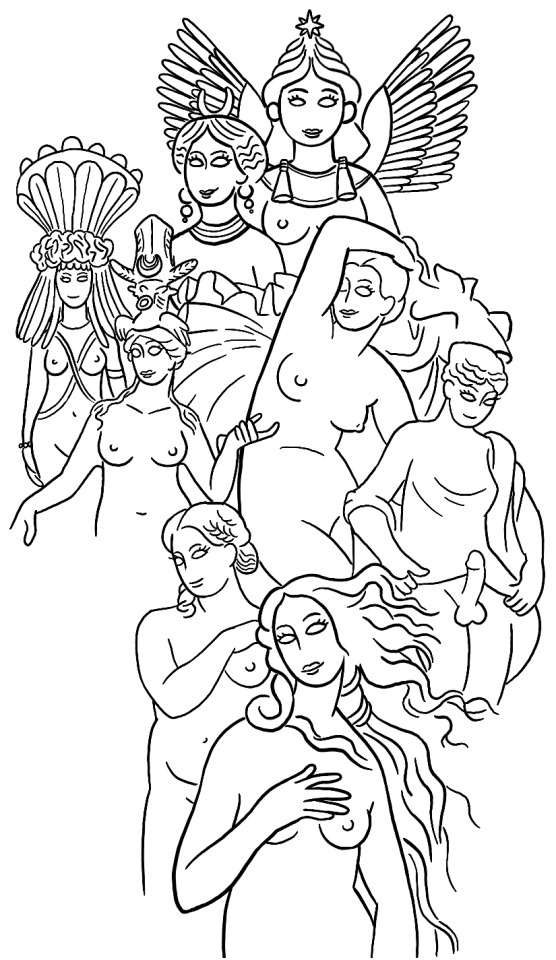
Aphrodite in all her aspects
#aphrodite#venus#ishtar#inanna#astarte#aphroditus#aphrodite urania#aphrodite pandemos#venus genetrix#aphrodite isis#aphrodite hathor#goddess#deity#paganism#greek mythology#mythology#deities#Phoenician#sumerian#akkadian#assyrian#roman#greek#babylonian#sketches
1K notes
·
View notes
Text
It isn’t as famous as that of the Greeks and Romans, but the Carthage religion is just as fascinating. Its pantheon of gods evolved and grew with the Carthage Empire.
26 notes
·
View notes
Text
Phoenician and Hebrew were both dialects of the Canaanite language and so they were mutually intelligible. Even Punic, the language of Carthage, which was a Phoenician colony, at its height in the 3rd century BCE would still be similar enough to Hebrew to allow for communication. This means that Hannibal Barca, the Carthaginian general that crossed the Alps with his elephants and attacked Rome could, if given an opportunity, read the Hebrew Bible in the original, although with some difficulty.
26 notes
·
View notes
Text


ASTARTE is the Canaanite/Phoenician goddess of love, sex, war, and hunting who developed from the Mesopotamian deity Inanna/Ishtar. She is usually associated with the storm god Baal but seems to have been much more popular. She traveled to Egypt through trade where she was adopted as a war deity and consort of Set.
She was associated with war in the Levant prior to her arrival in Egypt, but stories concerning her usually emphasize her skill in hunting and aspects of her relationship with Baal and the god El. She is often depicted with horses and chariots after her arrival in Egypt and as a beautiful naked woman, sometimes with wings or horns, as she was in Canaanite/Phoenician regions which also associated her with the dove, bee, and lion.
Read More Here
300 notes
·
View notes
Text
Mythologic Geekery: Ba'al
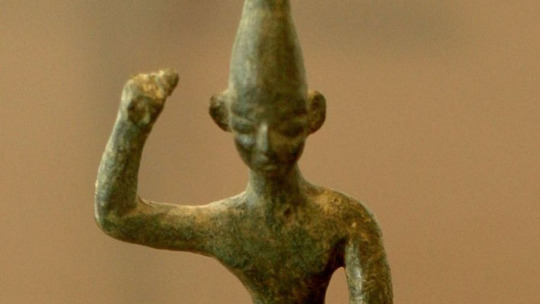
Given that I now have the theory that he might play into Nocturne - and the fact I wanted to speak about Abrahamitic and Semitic mythology this and next week either way... LET ME TALK BA'AL!
So, first things first: Ba'al originally was a title within several of the semitic languages, being best translated with "Lord". So several male gods used the honorific over the time. But within both Babylon and also the Canaanite culture the name became mostly associated with the god Hadad. (While the Phoenicians associated the name with El(ohim) - but I am gonna talk about Elohim next week and he is a bit different, because he never became a demon.)
Hadad was a good mainly of weather (especially storms) and of fertility, being associated with the harvest and agriculture in general. Statues of Hadad were also used in fertility rituals.
From Ba'al Hadad came Ba'al as a god on his own. And while he was usually not the head god of a pantheon, he very much fulfilled the same role as Zeus in the pantheon. Being association with weather and these things. Interesting enough he had also a reverse version of the same kinda myth like Persephone associated with him: According to this myth the hot and dry summer months were the time of the year he was forced to live in the underworld.
What happened, though, with the Hebrew culture was that YHW subsumed the same role within the pantheon that Ba'al originally fulfilled. So he basically took that role and on the longterm subplanted Ba'al. And when the Abrahamitic culture turned towards Monotheism around YHW, Ba'al first became one of the false idols. Those idols that the folks prayed to in the desert while Moses was on the mountain. (Also Ba'al was among the idols people in Mekka prayed too that Mohammed then worked against.)
So, when Judaism took of they used Ba'al to build out their demonology. Now, again, Ba'al is technically a title, but a lot of people do agree that the fact that the demon got called Ba'al Zebub (Lord of Flies) was for the reason that Ba'al was the god they were trying to subplant.
Now technically Ba'al Zebub also references another god (Ekron). Now, the role of Ba'al Zebub (or how you might more easily recognize the name: Beelzebub). Within early Judaist sources Ba'al Zebub is mostly associated with death and sickness. Hence also the name: Lord of Flies.
As mythology shifts over time, by the time of the Testament of Solomon Ba'al Zebub was called "the Prince of Demons", who also was said to once have been an angel who rebelled against God for which he was cast into hell. And yes, if you think about Luzifer here: This was probably the source for that. I will talk more about Luzifer next week.
And then came Christianity. While within the gospels Ba'al Zebub was still in the same role of "prince of demon", later Christian theology started to decide that he and Satan were the same character. Something that happened around the same time that Satan became seen as more and more "evil" (something he is not within the original Hebrew mythology). And the Christian theology turned Ba'al Zebub into Beelzebub, as which we still have him around to this day.
#castlevania#castlevania nocturne#mythologic geekery#mythology#christian mythology#christianity#abrahamic religions#demonology#canaanite#phoenician
51 notes
·
View notes
Text
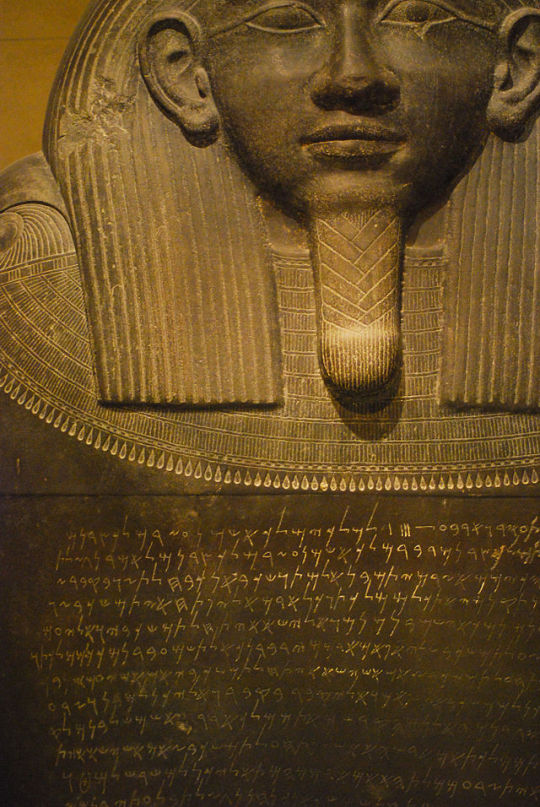
The sarcophagus of Eshmunazar II with what is believed to be a Phoenician Coelbren alphabet. Photo: Eric Chan.
50 notes
·
View notes
Text





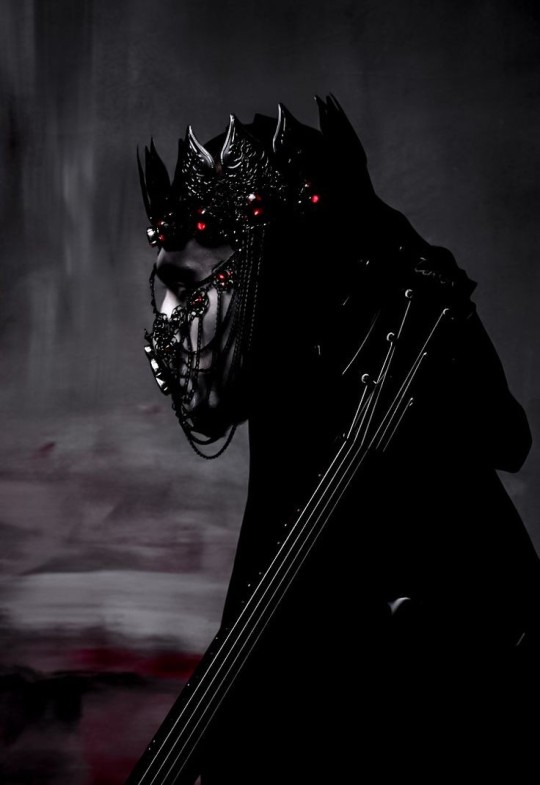


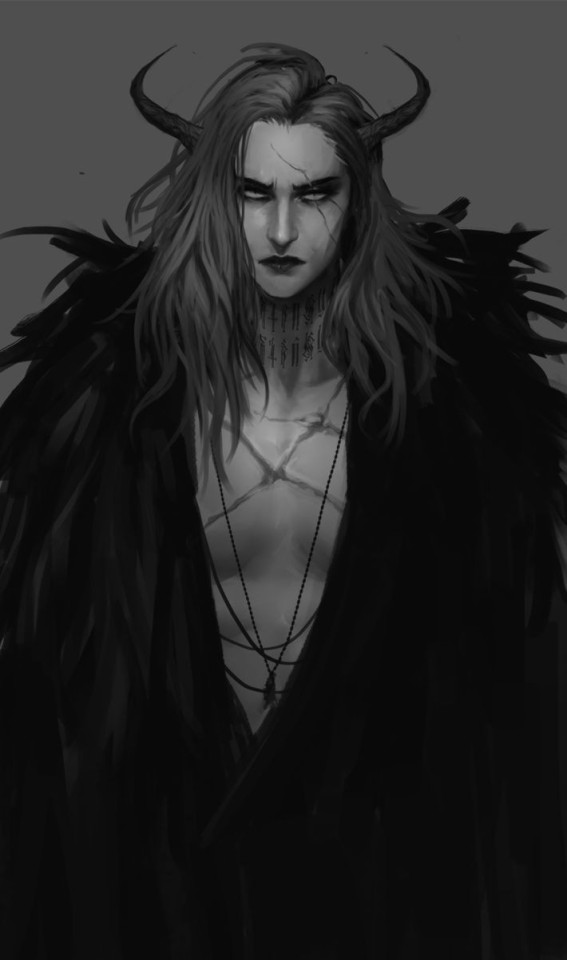

Baal/Bael/Ba'al = It is a title meaning "lord" or "master", There were many local Baals. The greatest, known as the “Great Baal”, is Son of the Father of the Gods, El, and Brother of the God of the seas and rivers, Yam-Nahar. Baal, known as “Knight of the Clouds”, is a God of fertility who represents the beneficial aspects of water such as rain. His lightning and thunder represent his Power, and the fertile land his beneficence.
#history#Baal#demon#God#God of agriculture#God of fertility#god of storms#god of fertility#weather god#God of weather#canaanite mythology#Phoenician#Biblical god#Pagan#fallen angel#Demon king#Biblical#old testament#Bible#Mythology#Phoenician mythology#canaanite religion#Canaanite
35 notes
·
View notes
Text

The Abduction of Europa by Jean-François de Troy
#jean françois de troy#art#europa#zeus#crete#greek mythology#princess#phoenician#tyre#folk tales#folklore#mythology#europe#european#mediterranean#ancient greek#ancient greece#mythological#bull#cretan#gods#classical antiquity#tales#ancient#religion#religious#sea
90 notes
·
View notes
Text
youtube
Visit the Large Stone Structure in the City of David, Jerusalem, known as King David’s Palace, where royal seals were found and where Phoenician stone pillar tops were found, which the Bible describes King David asking for help from.
#ByFaithTV#Phoenician#KingDavidsPalace#KingDavid#CityofDavid#BiblicalArchaeology#PhoenicianStones#Archaeology#CityofDavidNationalPark#BiblicalCityofDavid#Excavations#ArchaelogicalExcavations#israel#visitisrael#jerusalem#jerusalemoftheday#jerusalemcity#holyland#bibletravel#christiantravel#biblicaltravel#visitjerusalem#JerusalemOldCity#OldCity#PaulBackholer#MaryBackholer#ByFaithMedia#ByFaith#ChristianPilgrimage#shorts
5 notes
·
View notes
Photo

Sarcophagus of Harkhebit "Royal Seal Bearer, Sole Companion, Chief Priest of the Shrines of Upper and Lower Egypt, and Overseer of the Cabinet", 595–526 BC, Saqqara, 26th dynasty of Egypt. It is very similar in style with the Phoenician Tabnit sarcophagus.
#ancient egypt#kemet#kush#ta merry#saqqara#harkhebit#pharaohs#26th dynasty#6th century bc#phoenician#tabnit#sarcophagus#transparent
100 notes
·
View notes
Text


Yarhibol, the Sun-God
Dura-Europos, Syria
c. 50 CE
Source: The Pantheon of Palmyra by Javier Teixidor, 1979
#yarhibol#dura europos#canaanite paganism#canaanite polytheism#canaanite gods#levantine paganism#phoenician#phoenician paganism#phoenician polytheism#phoenician gods#syrian paganism#syrian polytheism#syrian gods#natib qadish#pagan#paganblr#paganism#polytheism#witchcraft#witchblr#magic#occult
81 notes
·
View notes